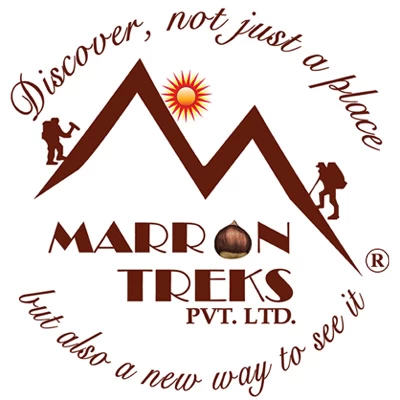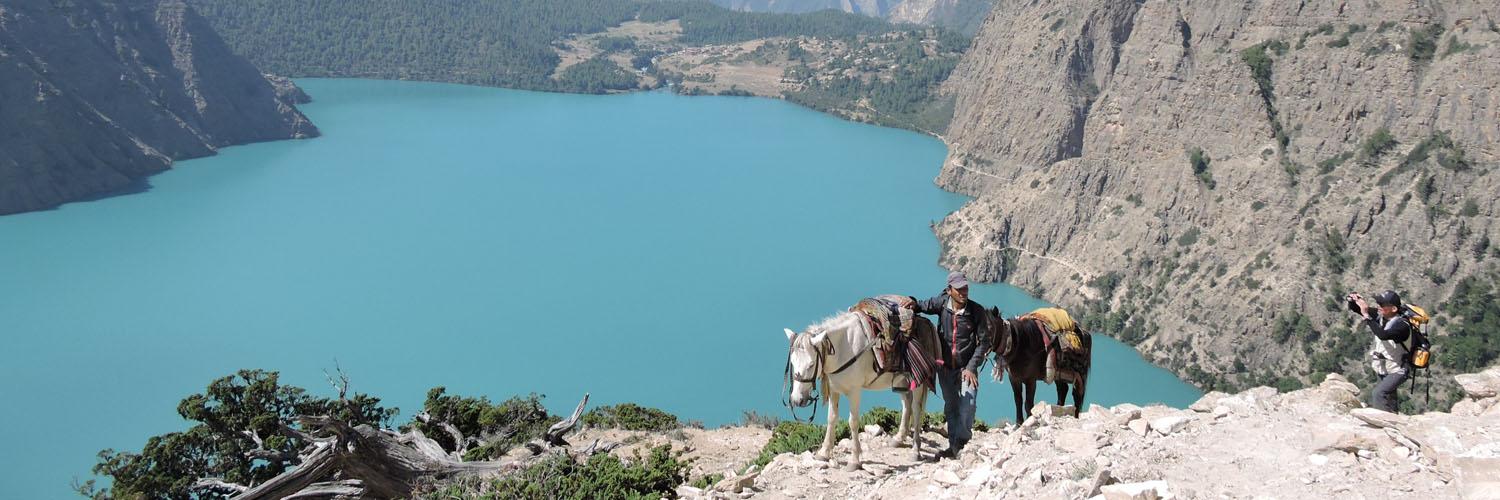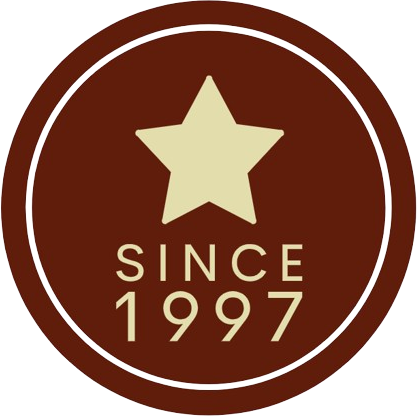When is the best time for trekking?
The best time for trekking in Nepal is in the spring (March to May) and autumn (September to November) months when the weather is clear and the skies are sunny.
Is previous trekking experience required?
If you have a zeal for a trek and are in good physical health, you do not need any prior trekking experience.
Do the guides speak English?
Yes, all our guides can converse in English very well.
Can female travelers trek solo? Is it safe?
Yes, it's perfectly safe for a female traveler to trek solo with Marron Treks since our guides are helpful, friendly, and trustworthy.
What type of accommodation is available on the trek?
Local lodges better known as Tea-houses are available at most of the popular trekking trails in Nepal. Accommodations and facilities depend upon the popular trek regions and less popular trek regions, that means from basic to moderate and luxury. In remote areas where lodges aren’t available, the only option is a camping trek. Basically, rooms are for two people sharing, single room will cost extra.
Is there laundry service?
Some tea-houses may provide laundry service at an extra cost but your clothes may not dry in colder weather. The best option is to take enough clothes and not depend on laundry services.
What meals can I get during the trek?
You can get various meal options from international to local cuisine while on the trek. Menus can’t be as extensive as in the cities but you will get fresh and nutritious meals.
What kind of toilet facilities are available?
Toilet facilities range from western-style toilets to Asian style toilets. Usually, lower altitude tea houses have western-style toilets and higher up will have Asian style toilets.
Is there an attached toilet or do I need to use the common toilet?
Attached toilets depend on the trek region you are traveling to. It’s the same as lower altitudes having attached toilets and higher elevations with common toilets because as you go higher, facilities become less.
Do I need to bring toilet paper?
You can get toilet paper at teahouses but it comes expensive, you can bring some before your trek starts. Also bring your personal items like towels, soap, hand sanitizer etc.
What about drinking water?
Mineral water or boiled water is available at tea houses but will cost you more compared to cities. The best option is to take water purification tablets and treat the water from public taps or springs before drinking.
Is a permit required for trekking in Nepal?
Yes, a trekking permit is required for trekking in Nepal in the regions protected under nature conservation areas and national parks where you need to pay for the park entrance fee, the TIMS card (Trekkers Information Management System). In restricted areas like Upper Mustang, Dolpo, a special trek permit is required besides the national park entry permit. The necessary permits can be obtained through registered trekking agencies in Nepal like Marron Treks.
How can I prepare for trekking in Nepal?
For trekking in Nepal, the important factor is to train physically, pack appropriate gear and consult your doctor if you have any illnesses or previous injuries. Physical training includes walking, and running daily before 2-3 months of your trek’s departure. Climbing stairs up and down is a good idea since Nepal treks involve many ascending and descending mountain trails.
Do I need to get travel insurance?
Travel insurance is a must during trekking in Nepal and should cover helicopter rescue, and medical treatment. You may also get insurance to cover flight delay or cancellation, theft, loss, and damage to your items while traveling. You can purchase insurance from many insurance companies found online.
How much extra money is needed per day?
You will typically require USD 15 to 20 per person per day for drinking water, tea/espresso, snacks, and hot showers in the mountains.
Can I use my credit cards?
Cash (Nepali Rupees) is preferred while on treks since credit card facilities or ATMs are available in the mountains. You need to change your currency to Nepali rupees in Kathmandu (since the rate is good) before heading out for trekking.
Do I need to bring sleeping bags and down jackets?
We shall provide a sleeping bag and down jacket including a duffel bag for your trek which needs to be returned after your trek.
Do I need to bring sun protection?
Sun protection is necessary even if the sun isn’t shining since UV rays are reflected by the snow and the harshness of the sun will damage your skin before you notice it at high elevations. Proper caps or hats, and sunglasses are also required.
What about a day pack?
A 30- to 40-liter capacity daypack with wider straps and hip belts is recommended, which needs to be carried by you. Porters carry your duffle bag.
Can I get a private single room on the trek?
A private single room can be arranged at an extra cost.
Are restrooms available along the trial?
Restrooms are available only at the teahouses, in case of emergencies, trekkers can find private spots while on the trail.
I'm a vegetarian, is that okay?
Vegetarians are no problem while on trek and avoiding meat products is recommended since they may not come fresh high in the mountains.
Can I take a shower on the trek?
Hot showers are available at an extra cost. At high elevations, you can buy a pail of warm water. Taking a shower at high elevations is also not recommended, as you may catch a cold easily.
How can I charge my electronic equipment?
You can charge your electronic equipment with an extra cost that varies which comes around USD 1-5 per charge. Bring Two pins (type C) and three pins (type D) adaptors.
Are Marron Treks staff insured?
Yes, all of our trek staff which includes trek guide and porters are insured.
What happens if I get sick in the mountains?
For altitude sickness, your guide descends you down to the lower altitude or stay at the same place to get better. In the worst case, he shall arrange a helicopter rescue back to the city. Alternatively, if you can’t walk he can arrange for a horse ride if available to lower altitude.
What kind of trekking shoe is needed?
A lightweight, flexible, and comfortable trekking shoe is recommended. Also look for better ankle support, waterproofing, and more cushioning
What about communication during the trek?
Our trek guides are in constant contact with our office via mobile phone and update on any emergencies and day-to-day activities.
Is there wi-fi while trekking?
Wi-fi is available in more popular trek routes like Everest but not in all the trek regions. Instead, you can buy a data pack for internet access for which you need to purchase a Nepali SIM card like Ncell or NTC before the trek in Kathmandu.
Do I need to tip my guide and porters?
Tipping is expected while traveling in Nepal and it’s also a nice way to say thank you to your trek team who made it all possible to achieve your Himalayan dream. Although it's not a set figure, we recommend tipping 15% of the overall cost of your trip; this will work just well.
Can I extend my holiday?
Yes, popular choices would be Chitwan Wildlife Safari, Trishuli River Rafting, Day tours around Kathmandu after you finish your trek and back to Kathmandu. Extend Your Holiday
Do I have to book an international flight to Nepal by myself?
All international flights need to be booked by you, only applicable domestic flights inside Nepal are booked by us.
Do I need to bring a first-aid kit?
You can bring it if you need to, otherwise, our trek guide carries a first-aid kit with all the emergency medical supplies.
Who will pick me up from Kathmandu Airport?
Our airport representatives will pick you up from Kathmandu airport and then transfer you to your booked hotel.
If I need an extra night in Kathmandu, how can I book it?
If you need an extra night in Kathmandu, we shall book and arrange the same.


